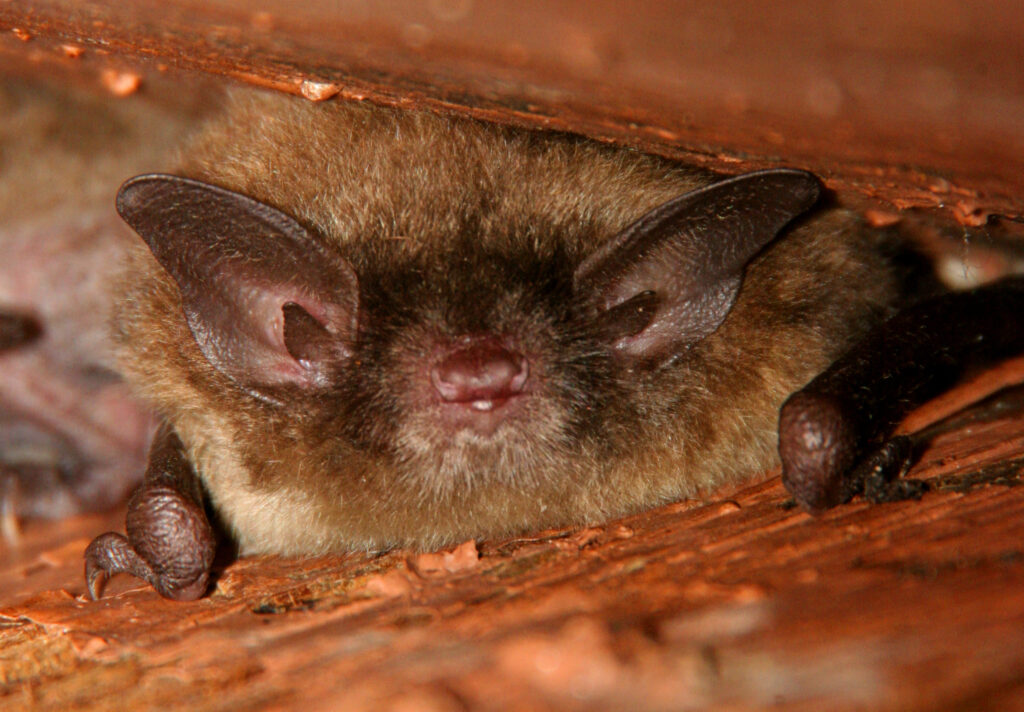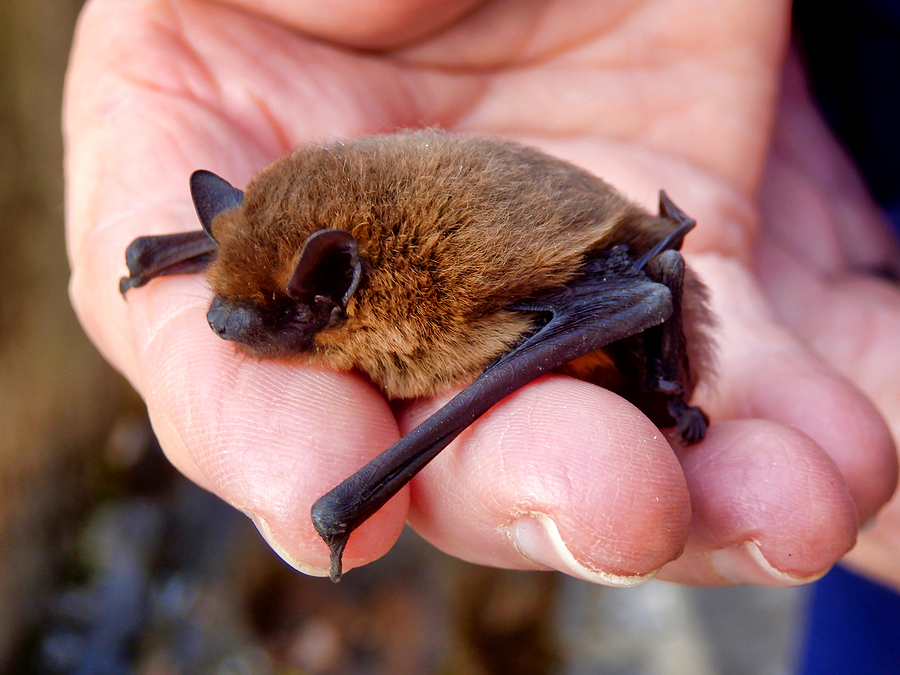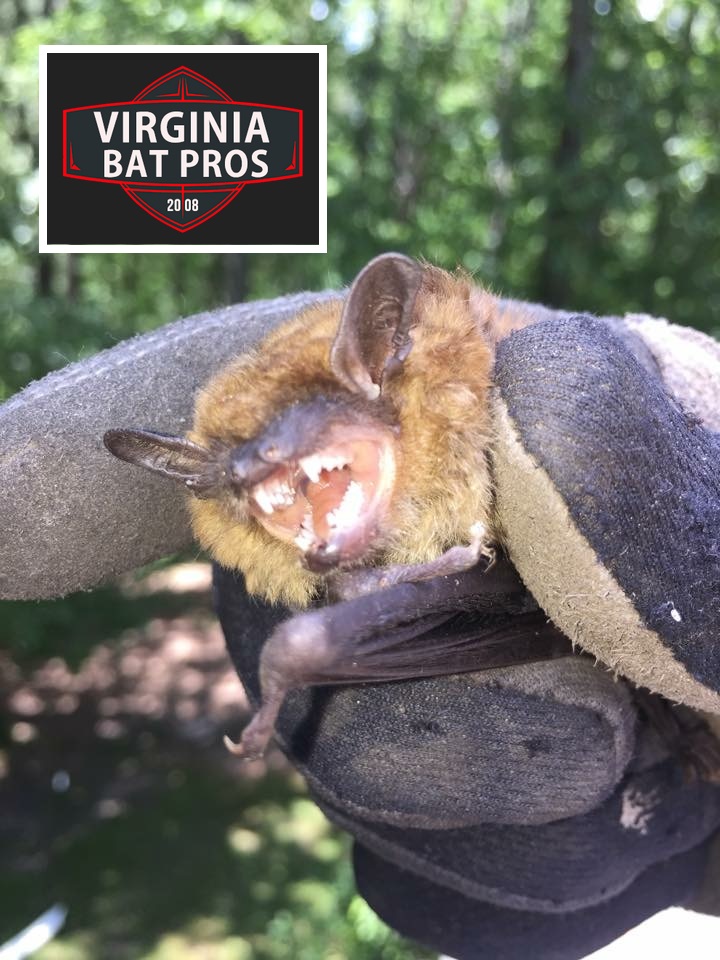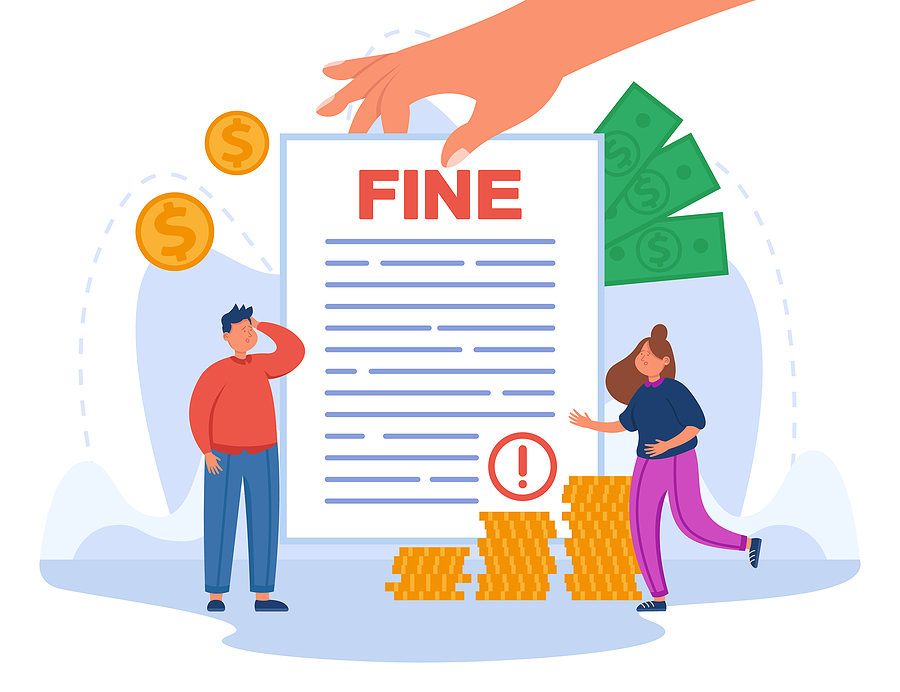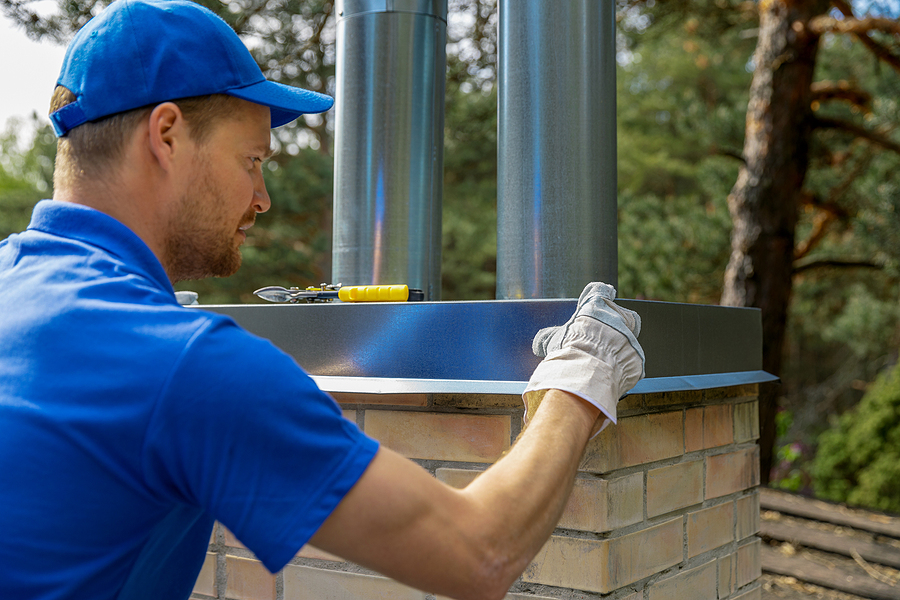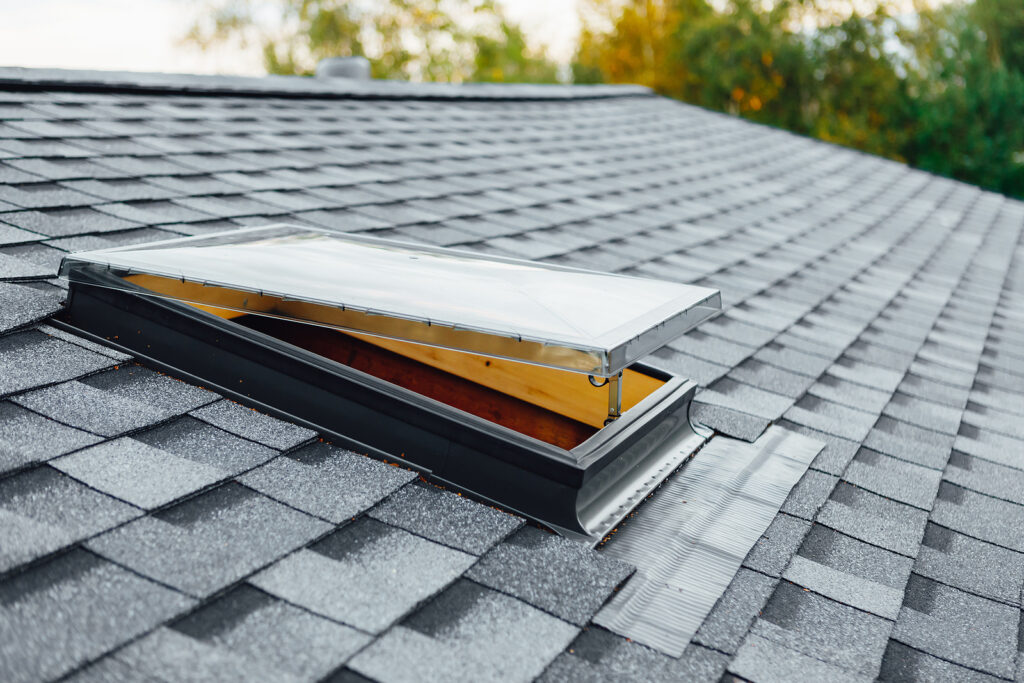If you suspect that you have bats in the attic in Richmond, Virginia, you are probably right. Hearing sounds of scurrying and flapping, squealing and screeching, shuffling and bustling, are all common indications of an attic pest infestation. If it’s not bats, it could be birds, squirrels, or chipmunks. You can tell you have bats rather than the latter possibilities if you spot the other common, tell-tale signs of bats in the attic.
For instance, bats are nocturnal, so they are most active at night, from the hours of dusk, up until dawn. Furthermore, bats have very distinct droppings, called guano, that look nothing like other woodland species droppings. Guano looks a lot like rodent droppings, but larger and full of visible insect parts. You can also confirm a bat infestation in the attic if you see dark, greasy stains on your siding or roof. These stains are caused by the bat’s fur rubbing on the surfaces as they enter and exit your home or building.
Although having bats in the attic is a major problem that requires immediate attention and intervention, the good news is that a bat infestation is entirely reversible, so long as you have the right information and resources. Does this mean you can get rid of bats on your own? Continue below to learn what you need to know about bat removal and restoration before making that decision for yourself.

Bat Removal is For Trained and Licensed Professionals
Bat removal should only be carried out by trained and licensed professionals who retain the proper resources and permits for humane wildlife control. This isn’t just a recommendation urged by the industry, it is also the law in most cases. Many states deem it illegal to touch, tamper with, harm, or trap a bat. Various species of bat in Virginia are Federally protected under the Endangered Species Act and by the EPA. This includes our state bat, the Virginia Big Eared bat.
Furthermore, bats are known carriers of several infectious diseases, some of which are 100% fatal, like the Rabies Virus. Bats also carry and transmit lice, ticks, mites, fleas, gnats, and several other types of ectoparasites. It is important for you to understand that, even though you have a nuisance bat problem, local bat populations are ecologically beneficial. It is vital that we protect and conserve bat species around the world for the sake of our agriculture, economies, and more.
How to Get Rid of Bats in the Attic in Virginia
To properly get rid of bats in the attic, you must contact a licensed and insured wildlife control company that specializes in bat removal services in Richmond, Virginia. The proper permits, resources, equipment, and training to safely extract bats from the attic, exclude them from returning, and repair and restore the affected area. This might include insulation replacement, decontamination, animal damage cleanup and repair, and integrated pest management.
In conclusion, never attempt to touch, trap, harm, or kill a bat in Virginia. If authorities find out that you have violated any of these regulations, you will be fined thousands of dollars and subjected to several other civil penalties, possibly restitution and community service.
Would you like to know which company in Virginia to trust for safe and affordable bat extraction and abatement services? Contact Virginia Bat Pros at 804-729-9097 to get bats out of the attic in Richmond, or in any surrounding Virginia areas, including Fairfax County, Norfolk, and Manassas. We serve residential and commercial clients.
Related Posts:
7 Things You Should Never Do If You Have Bats
How Did Bats Get in the Attic?
If I See a Bat During the Day, Does it Have Rabies?

